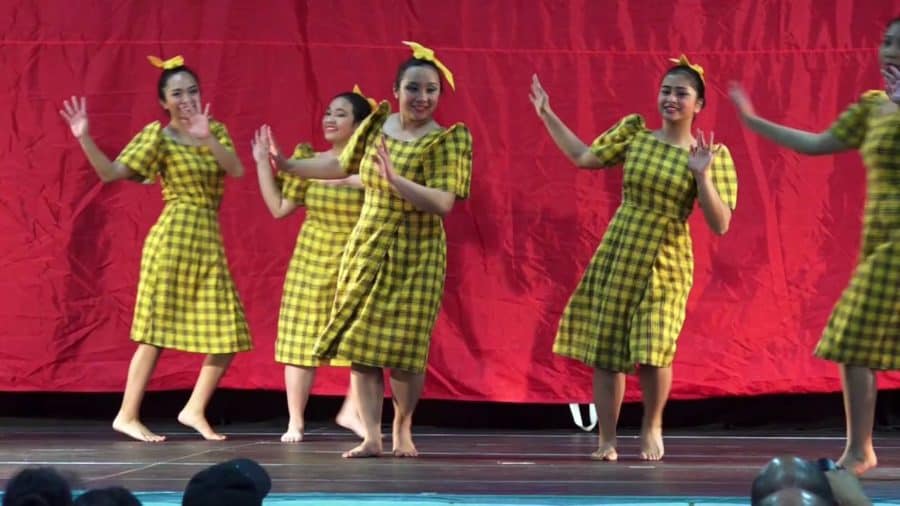Dancing is a great way to stay fit and healthy. There are many different styles of dance that you can do. Some people call them “art forms” while others just enjoy the music and rhythm. Whatever type of dance you choose, you will find that it will be a lot of fun.
Itik-itik is a popular traditional Filipino dance. In this particular style, the dancers use their bodies to mimic the movements of a duck. The basic steps involve both partners moving in opposite directions with the right leg forward followed by an up kick and then another step backwards.
While doing this dance, you need to follow the lead of your partner. If they lift or lower their leg when you’re supposed to move yours, you can try to copy their actions instead. Keep practicing until you can really master this beautiful dance.
History/origin of the Itik-itik Dance
In the past, a lot of African tribes would celebrate important occasions by dancing. The most famous of these dances was the itik-itik. This is the same dance that we still use today.
The dance started as an expression of joy and happiness. However, it also served to remind people of their ancestors.
When the British colonized Africa, they tried to make the people stop performing this type of dance. When they couldn’t, the dancers were arrested and sent to prison.
Eventually, the British gave up trying to change the tradition. Instead, they simply banned the practice.
So, how did the itik-itik survive? Well, it survived because of the music that accompanied the dance.
The music helped the dancers express themselves. And, the dancers used the music to show off their skills.
And, now, you can see this dance at many different festivals around the world..
Music Played in the Itik-itik Dance
You might have seen the Itik-Itik dance before. The dancers move their bodies around in a way that seems to be very strange. But, they actually perform this type of movement for a specific purpose. Here is more information on the Itik-Itik dance.
This particular dance originated from Africa. However, it was brought to Brazil by African slaves. Nowadays, the dance is performed all over the world.
In order to understand the meaning behind the Itik-Itik dance, you need to know how music is used in South America.
South American musicians use drums to accompany the dancing. For example, the drumming for the Itik-Itik dance is done with a single hand.
Another thing that you should keep in mind is the fact that the Itik-Itik dance is often accompanied by singing. This means that the singers are also moving along with the dancers.
As you can see, there’s much more to the Itik-Itik dance than meets the eye. So if you want to learn more about this fascinating cultural tradition, then read on.

Why Is Itik-itik So Popular?
The first thing that you should understand is that the Itik-itik dance was originally used by the natives of Brazil. However, the dance spread throughout South America, and eventually made its way into the United States. Today, many people enjoy the Itik-itik dance for a number of reasons.
One of the main reasons why people like the Itik-itik dance is because it’s very fast paced. In addition, it’s also fun to watch. It gives you a chance to show off your moves, and to impress your friends.
Another reason is that the music is extremely catchy. The beat makes you feel excited, and the lyrics make you want to sing along with the song.
There are other factors that have helped the popularity of the Itik-itik dance. One of them is the fact that it’s a social activity. You can meet new people at a party, or even on your own.
Finally, there is one more reason for the popularity of the Itik-itik dance.
Itik-itik Dance – Philippines: a Dance Inspired by ‘movements of a Duck’
In 1882, there were many Filipinos who lived in the mountains. The people living there enjoyed dancing, and so they decided to create their own style of dance. However, no one knew exactly where the inspiration for the dances came from.
Eventually, the villagers began to believe that a duck had been responsible for the movements. So, they named the dance after the bird.
Nowadays, Itik-itik dancers perform all over the world. There are even groups of them that travel around together, performing at festivals and fairs.
This is just another example of how people have used creativity to develop new forms of entertainment.
